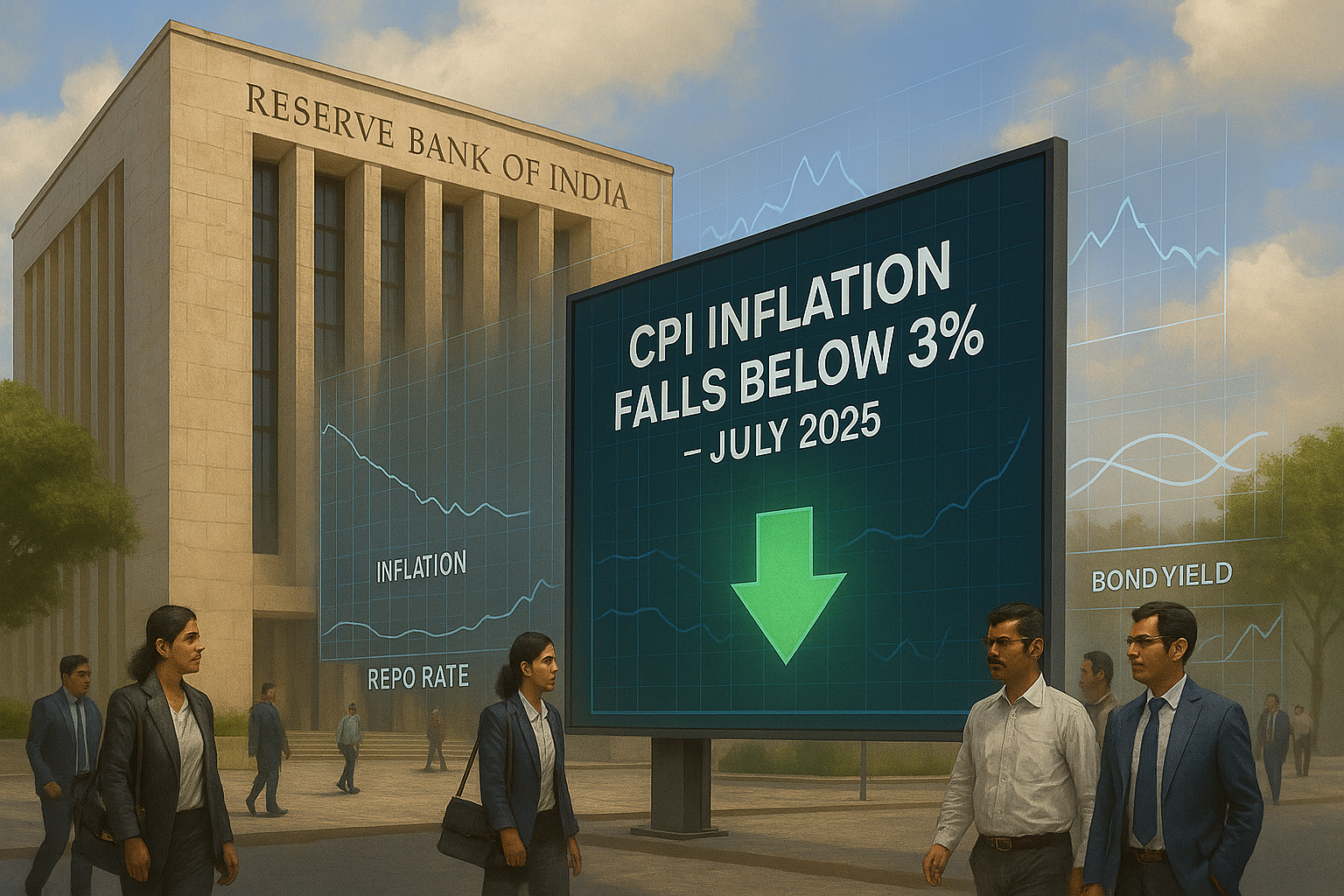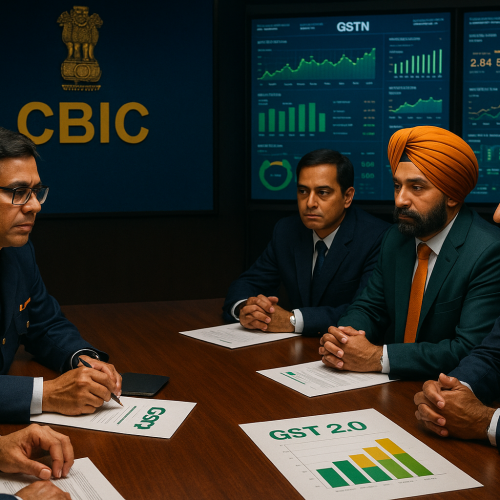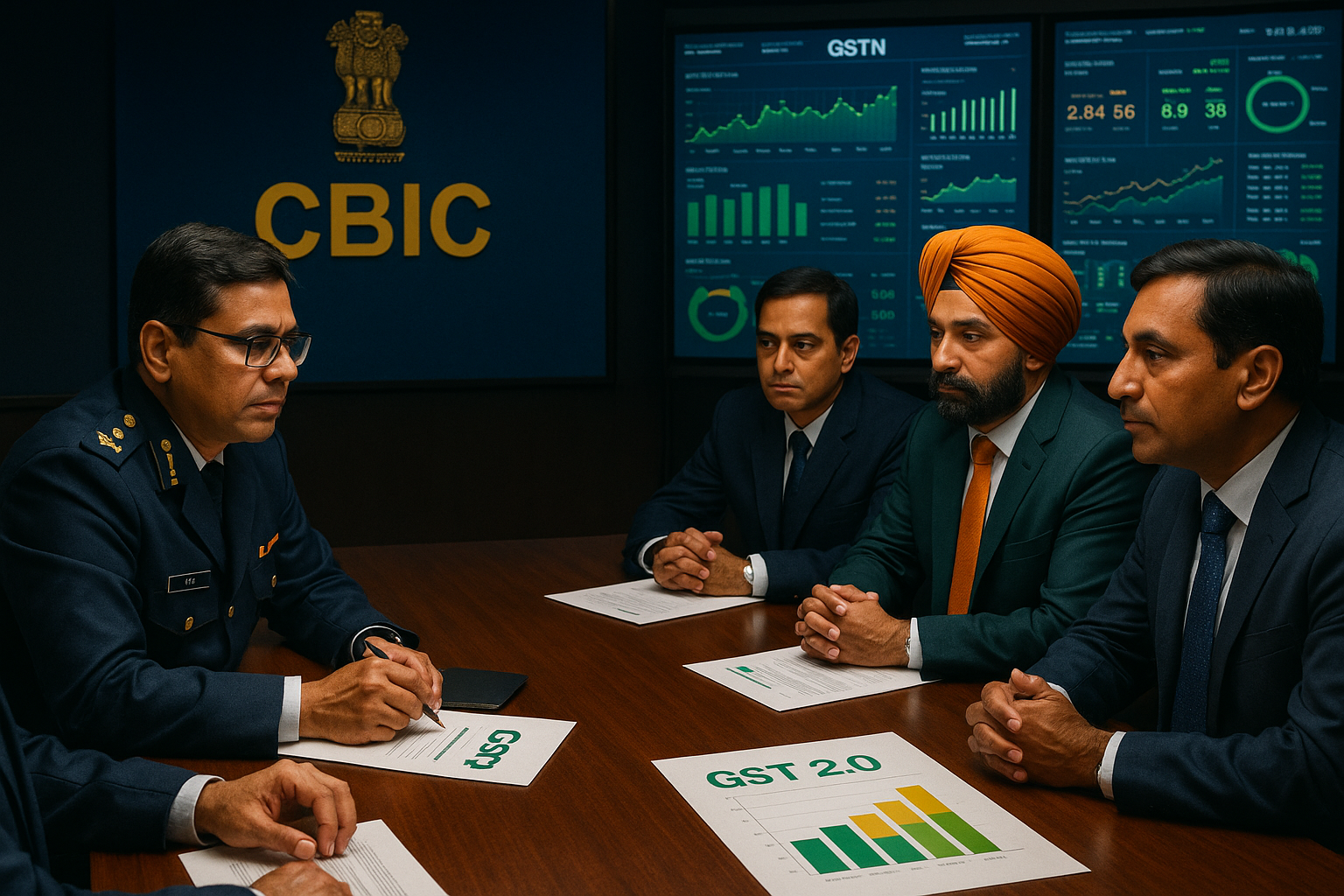India’s inflation trajectory could surprise on the downside this month, with Consumer Price Index (CPI) inflation for July potentially slipping below 3% — the lowest in recent history. As analysts weigh the implications of a benign price outlook, the Reserve Bank of India (RBI) may be prompted to reassess its FY26 inflation forecast. However, any softening of stance may still follow a cautious path, as policymakers prioritize anchoring expectations over premature easing.
Background
The expected sharp dip in July CPI is primarily due to a high base effect from last year, when vegetable and cereal prices spiked significantly. Economists suggest that even a moderate increase in actual food prices this year could still lead to a steep year-on-year fall in the headline inflation number.
In April, the RBI projected average inflation at 4.5% for FY26, with a neutral-to-watchful stance on future rate actions. But as inflation prints move favorably, the central bank could consider revising its estimates — a development that may carry broader monetary and market implications.
Risk Breakdown
Base Effect Boost: July 2024 saw elevated inflation at 7.4% for vegetables and 12.3% for cereals. The favorable base means even flat food prices this year could drive CPI inflation well below 3%.
Core Inflation Remains Muted: Core CPI continues to be soft, reflecting weak demand-side pressures. This helps the RBI remain within its comfort zone.
Uncertainty on Food Volatility: While current readings are benign, weather-related risks or supply shocks could still upend the medium-term outlook.
Oil & Global Risks: International crude prices and geopolitical risks continue to be wildcard factors for imported inflation.
Expert Views
CA Manish Mishra, a macroeconomics researcher, said:
“While July’s CPI figure may look flattering, the monetary policy shouldn’t overreact to a base-effect driven print. Sustained moderation in food and fuel inflation over successive quarters is what truly matters for a policy pivot.”
CA Manoj Kumar Singh, policy consultant, added:
“If inflation settles below 4% for a few quarters, it strengthens the case for a downward revision of the RBI’s FY26 forecast. But any rate cuts will be highly calibrated — possibly late FY26 or FY27.”
Market Implications
Markets are already beginning to factor in a lower inflation outlook, with bond yields edging lower in anticipation of a dovish tilt later in FY26. However, expectations of an immediate rate cut remain muted, as the RBI continues to maintain a “withdrawal of accommodation” stance. A lower inflation forecast may open room for real interest rate normalization, which would benefit long-term investments and credit expansion.
Conclusion
Even as CPI inflation trends favorably, the RBI appears in no hurry to pivot. July’s expected low print may shape future forecasts but not near-term policy. With global and domestic uncertainties still in play, the central bank is likely to prioritize credibility and stability over short-term optimism.












